10 Vegetables That Are Best Eaten Cooked
Getting the recommended two cups of
vegetables a day can seem like an impossible goal for many, but it
really isn’t once you come to understand that you don’t need to eat all
this volume raw. As a matter of fact, some foods may actually become
richer in bio-available nutrients once they are cooked. Contrary to the
popular belief stating that cooking destroys vitamins and other
nutrients, it turns out that the amount of antioxidants, vitamins, and
even cancer-fighting compounds peak when you cook certain vegetables the
right way. All 10 of the following veggies, for example, will only
benefit from a little heat.
1. Asparagus
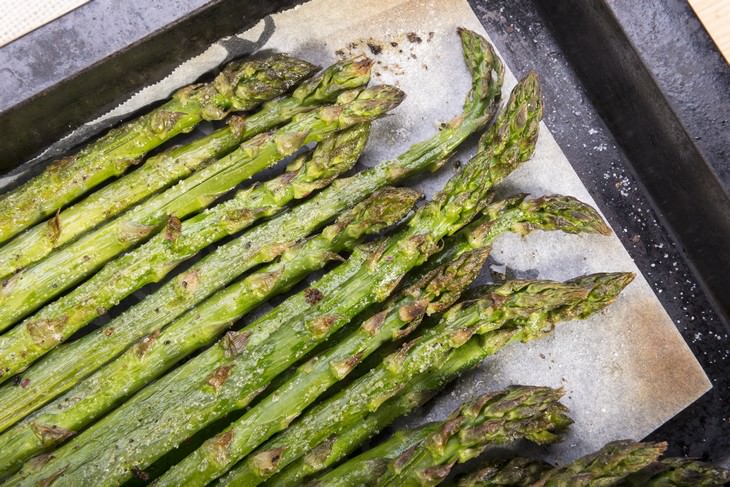

Raw asparagus can be quite stringy and
tough, and neither of these qualities is conducive for proper nutrient
absorption. However, if you just boil it for a few minutes or braise it
on the frying pan for 10-15 minutes with some olive oil, the thick cell
walls of the plant start dissolving, releasing a multitude of nutrients.
Cooking makes vitamins A, C, and E, as well as folate and ferulic acid,
an anti-aging antioxidant, more bioavailable in asparagus. One study
suggested that cooking asparagus boosted its antioxidants by 16-25%. A
different study also discovered that cooking increased the quantity of
phenolic acid, an antioxidant linked to lowering cancer risks, in
asparagus.
2. Pumpkin (and Other Squashes)
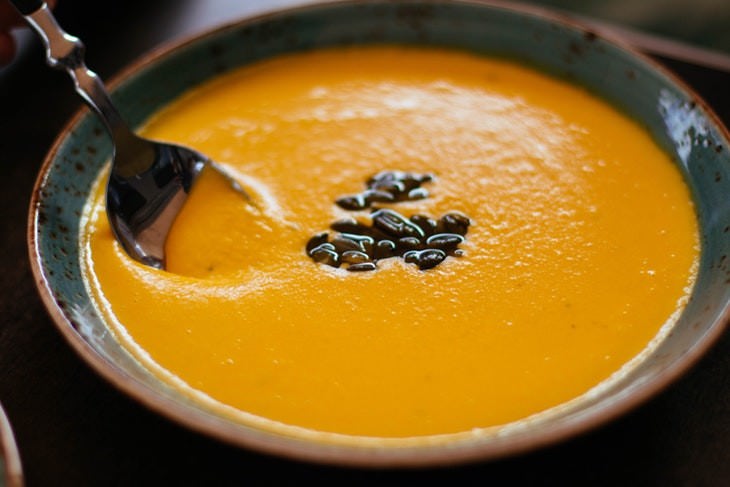
Eating pumpkin raw is not very common, but there is no danger in doing
so. However, cooking pumpkin in any way your heart desires, be it in
pumpkin soup or pumpkin pie, will boost its nutrient content by miles.
Just like asparagus, the vitamin A content in pumpkin becomes more
easily digestible when it's cooked, so you end up absorbing more of it.
Apart from that, cooking increases the amount of available carotenoid
antioxidants in pumpkin, which are known for their immune-boosting
effects.
3. Green Beans (and Beans)
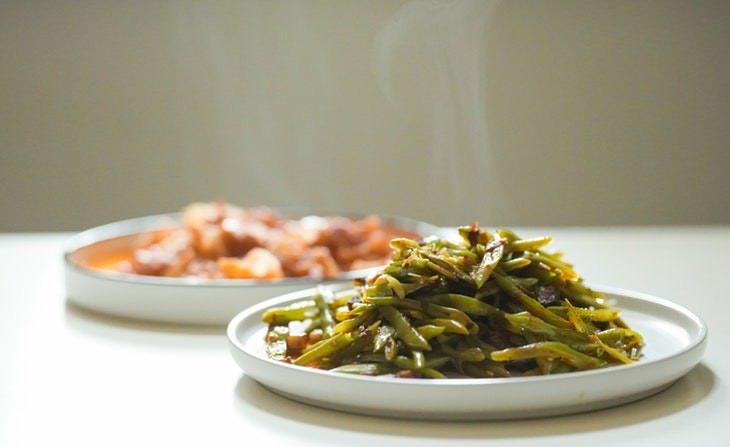
When it comes to beans, such as green beans, peas, and kidney beans,
just to name a few, cooking them is essential. Sure, not everyone would
consider beans vegetables, but peas and green beans are used identically
to veggies, so we decided to include them in this list. For one,
steamed green beans were found to have greater cholesterol-lowering
capabilities than raw ones.
A different study revealed, however, that boiling or pressure cooking
green beans may actually lower their nutrient content, so make sure to
choose a different method of preparation, e.g. baking, cooking in the
microwave, or even frying. As for beans, these need to be cooked because
they naturally contain toxic proteins called lectins that get destroyed
by cooking. If not cooked, eating beans can upset your stomach.
4. Mushrooms
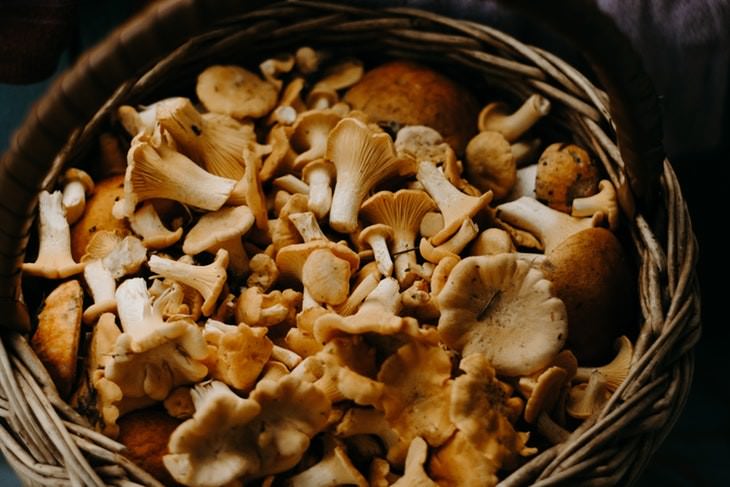
If cooking certain vegetables only boosts their nutrient content, when
it comes to mushrooms, cooking is the only thing that can actually make
your body absorb ANY nutrients. Like legumes, mushrooms aren't strictly
considered vegetables, but they are used as such and sold in the veggie
section of the store, so we'll include them here as well.
Uncooked mushrooms are essentially indigestible and go right through the
digestive system, but any kind of heat will help release a multitude of
nutrients from mushrooms, such as protein and B vitamins, and
antioxidants. The US Department of Agriculture also mentions that
cooking can increase the levels of potassium and zinc in mushrooms.
5. Spinach
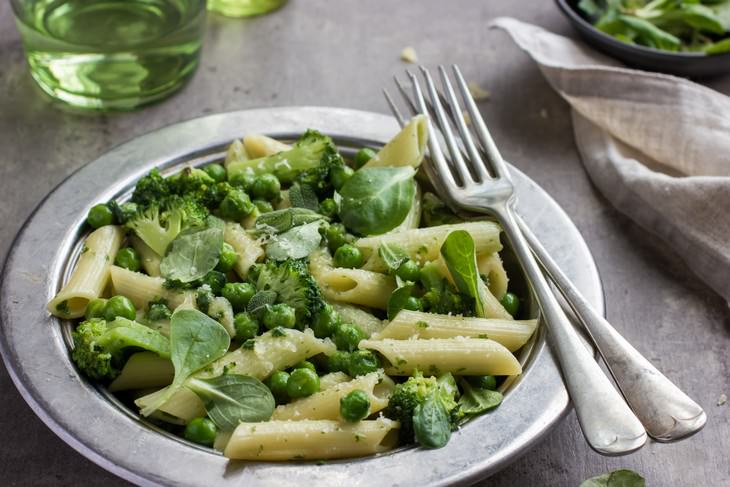
Spinach is actually tricky, as it's healthy both raw and cooked, but
each way offers a different set of nutrients, so our best recommendation
is to eat it both ways.
To be more specific, nutrients like vitamins B2, B3, C, and potassium
seem to be best absorbed from raw spinach, whereas cooking can increase
the availability of vitamins A, B1 and E, protein, zinc, calcium, and
iron. Levels of folate associated with cancer prevention remain equally
available in both steamed and fresh spinach.
6. Bell Peppers / Capsicum
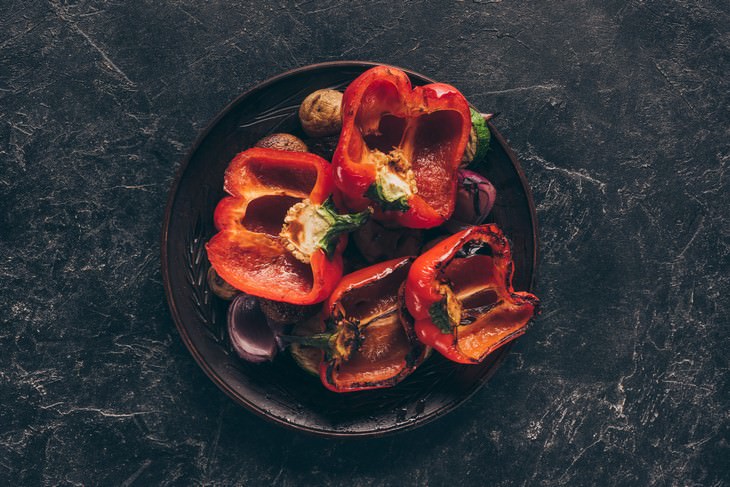

If you cook bell peppers carefully, you'll
be able to both preserve the vitamin C they contain and boost the
availability of antioxidants, such as ferulic acid and carotenoids. To
do so, cook peppers only until they're tender on the outside, but still
crisp, just like they're typically served in stir-fry dishes. You can
also use other preparation methods, it's just important not to overdo it
with the heat.
7. Eggplants / Brinjal / Aubergine
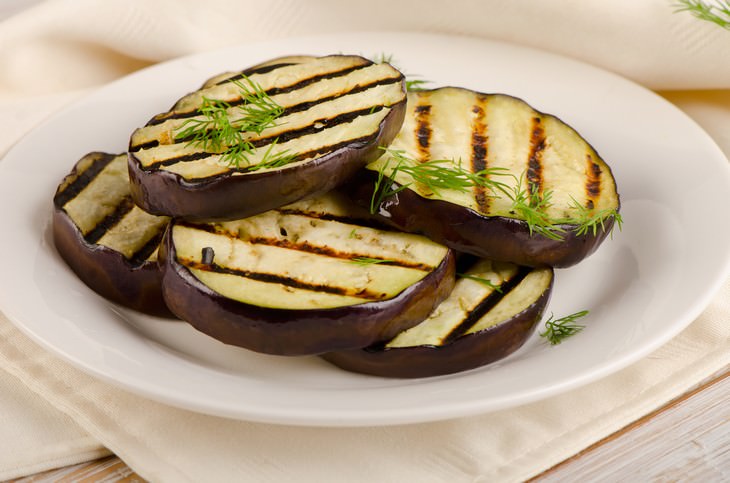

People typically eat eggplants cooked, and
not only because raw aubergines contain a toxin called solanine that
could potentially upset your stomach. Still, we find that it's still
interesting to learn what kind of preparation will provide more of which
nutrients.
When it comes to eggplants, grilling them will retain more chlorogenic
acid, a compound that may potentially lower your blood pressure and
decrease the risks of developing type 2 diabetes because it slows down
the absorption of glucose into the bloodstream. Boiled or steamed
eggplants, on the other hand, will contain more antioxidants and
cholesterol-lowering compounds.
8. Carrots


You've likely heard of beta-carotene - it's
a carotenoid antioxidant that is transformed into vitamin A in our
body. Vitamin A, in turn, plays a key role in vision, bone growth and
immune health. Beta-carotene is also the compound that gives carrots
their orange color.
Now, to maximize the amount of carotene from your carrots, there are a
few things you can do. First, it's best not to peel the carrots, as
studies suggest this helps retain up to 13% more beta-carotene. Also,
it's best to cook the carrots with minimal quantities of water, so
microwaving and roasting are both excellent options.
9. Broccoli (and Other Cruciferous Vegetables)
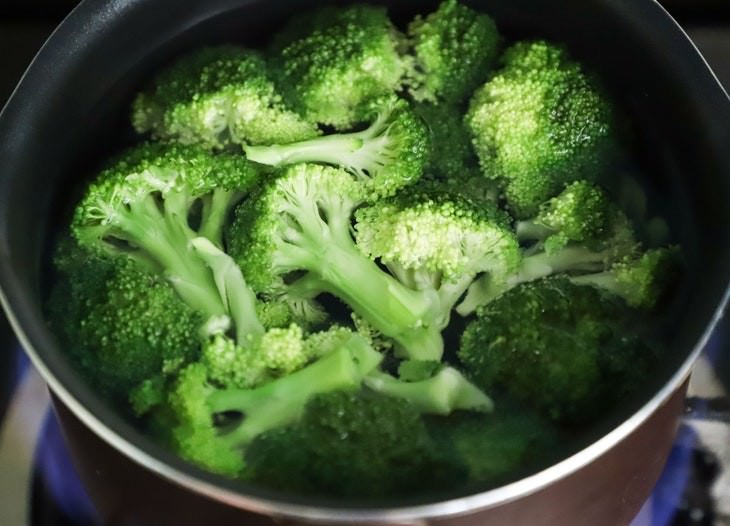

Cruciferous vegetables require a bit of
fuss, but ultimately, the variety of health benefits they offer far
outweigh the time it takes to prepare them. Which foods belong to the
cruciferous vegetables?
Here's a short list:
Broccoli
Cauliflower
Cabbage
Brussels Sprouts
Kale
Garden Cress
Bok Choy.
All of these veggies contain sugars that may be difficult for you to
digest, which is why they can cause bloating when eaten raw. This can be
easily reversed by any type of cooking. Raw kale specifically also
contains compounds that can prevent the absorption of iodine, which can
contribute to thyroid issues, especially if you eat a lot of fresh kale.
Once again, cooking destroys this harmful compound.
Apart from destroying potentially harmful compounds, however, heat can
also increase the number of available nutrients in cruciferous
vegetables. Most notably, cooked cabbage, cauliflower, broccoli, and
brussels sprouts contain indole and other cancer-fighting compounds that
can kill precancerous cells.
10. Tomatoes
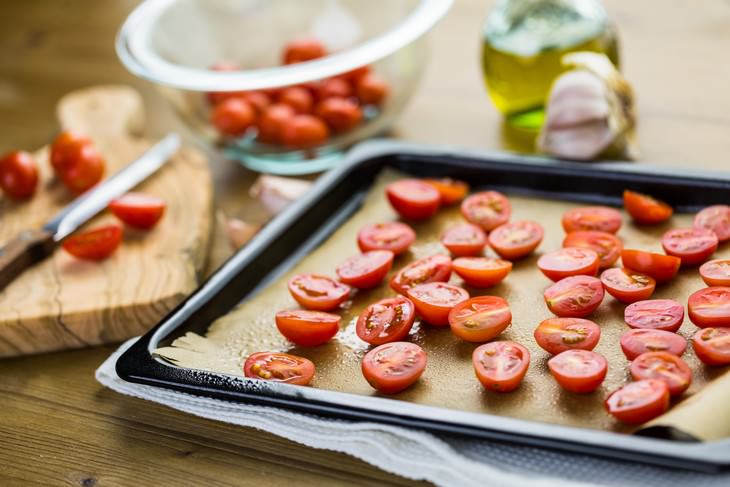

Enjoying tomatoes raw is fine, but if you
want to reap their cancer-fighting properties, you might want to eat
them cooked instead. This will increase the amount of lycopene available
- a powerful antioxidant, a high intake of which has been linked to a
lower risk of many diseases, among which are cancer and heart disease.
It's best to combine lycopene with plant-based fats, such as olive oil,
for example, this will further aid its absorption by your body.
Keep in mind, however, that it's best not to mix lycopene-rich foods,
such as tomatoes and red bell peppers with foods high in iron, such as
red meat, for example, as this may cancel out its benefits.